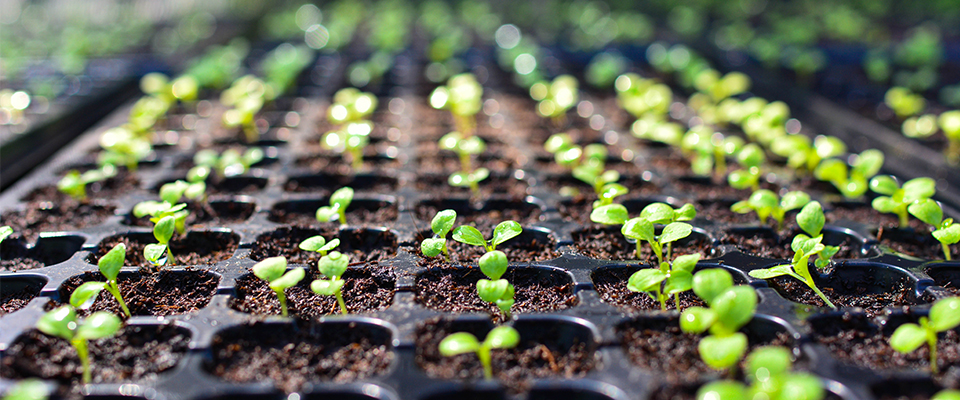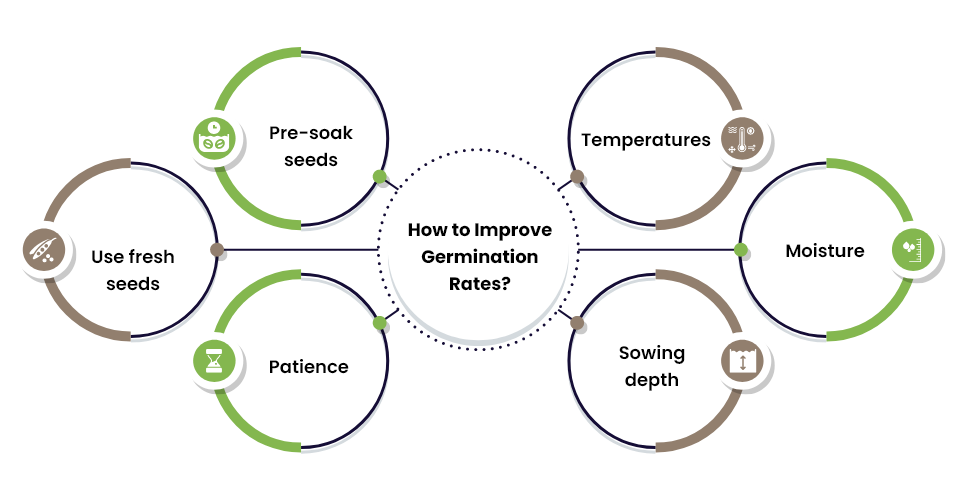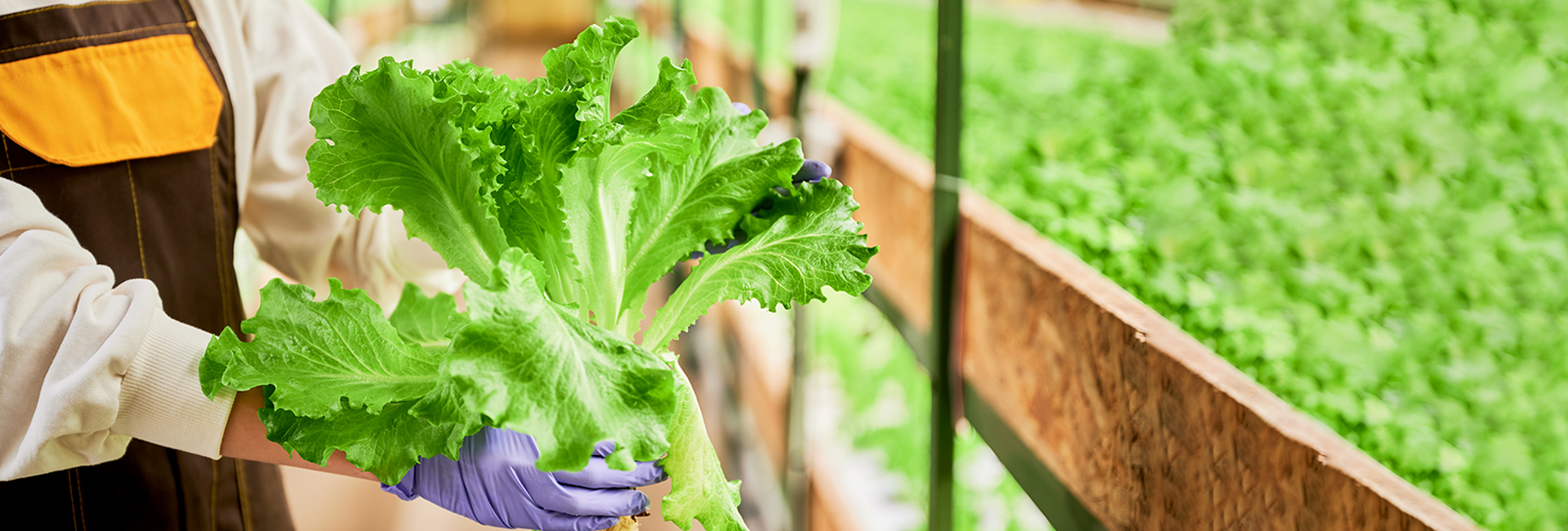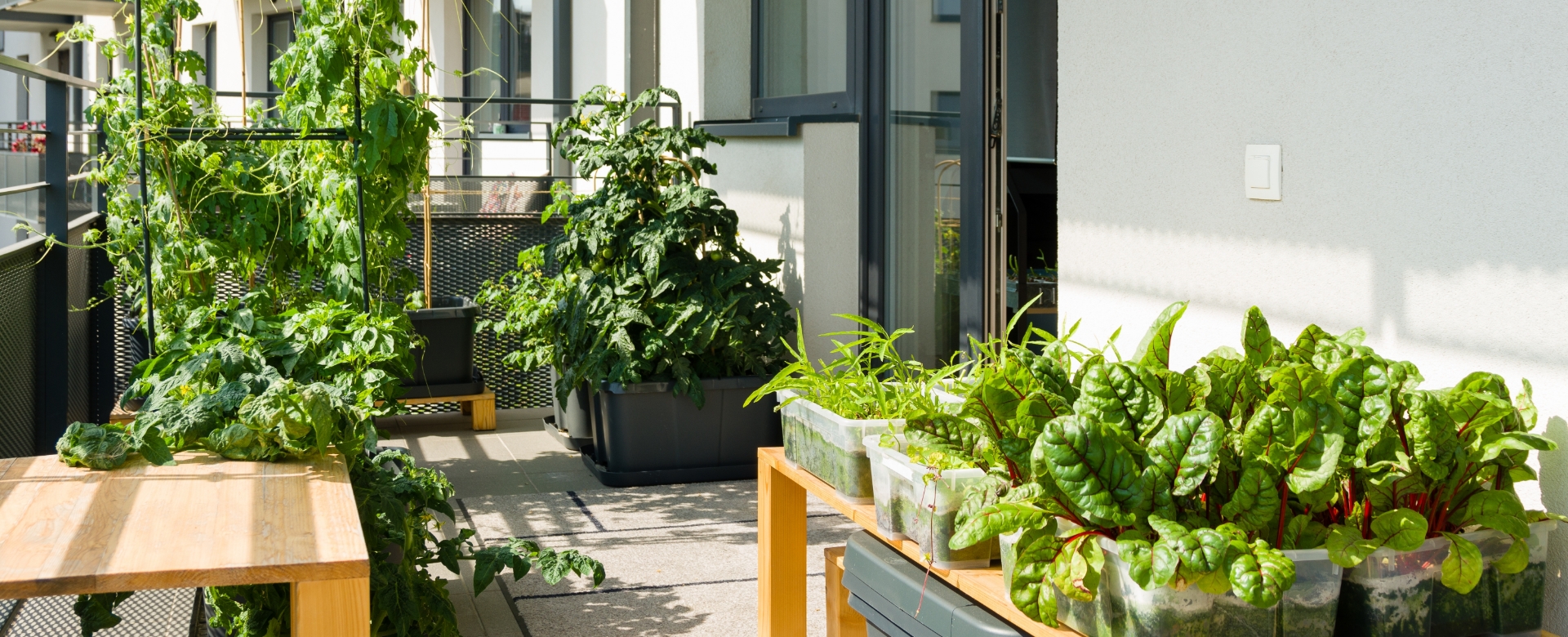A question we hear a lot from Homegrown Outlet customers is, “When should I start seeds indoors in Zone 5?”
Many of our stores in Upstate New York are in Zone 5, and the answer to this common question is that it depends.
First, it depends on the types of seeds you are starting. Some late-season vegetables (like tomatoes or peppers) should be started earlier. Plus, some crops (like carrots or radishes) won’t do well as seed starts. Instead, they should be started indoors at all.
Second, it depends on the variety you are growing. For example, an early-season tomato plant might benefit from direct sowing in the garden. But a late-season tomato might need a few extra weeks outdoors to maximize the growing season.
Ultimately, seed starting is one of the most rewarding gardening tasks. It allows you to pick unique varietals you won’t find in nurseries. And you can also get a jumpstart on the growing season and harvest your favorite veggies earlier.
The biggest key, however, is timing. Check out this guide for tips on when to start seeds indoors in Zone 5, which vegetables you should start indoors, and key dates for seed starting.
What Is Gardening Zone 5?

Zone 5 encompasses a large part of Upstate New York, especially around the Finger Lakes.
But why is your gardening zone important for seed starting?
Essentially, the USDA Zone plant hardiness map provides gardeners with a general planting schedule for their climate. Every zone has a first- and last-frost date, for example. And this plays an important role in indoor seed starting timing.
In Zone 5, the average last frost date is May 15th (although this can vary widely, based on the microclimate of your garden). In general, you will start seeds an X number of weeks before your last spring frost.
Pro Tip. Check your zipcode more exact data on your gardening zone.
Which Seeds Should You Start Indoors in Zone 5?
You shouldn’t start every vegetable indoors. In fact, there are some that you absolutely should not start from seed.
What to Start Indoors
First, let’s look at seeds to start indoors for Zone 5. They include:
- Warm-season crops: Tomatoes, peppers and eggplant are susceptible to cold weather. These plants do well as seed starts.
- Cole crops: Cole crops like cauliflower, broccoli brussel sprouts, and cabbage have slow-developing root systems. They benefit from being started indoors.
- Perennial flowers: Many perennials benefit from an early start. For Zone 5, many can be started in late February.
- Annual flowers: Many annuals can be started as seeds. This saves you on transplants and ensures you have long-lasting color during the growing season.
What NOT to Start Indoors
OK, now let’s look at plants you should direct sow outdoors in Zone 5. They include:
- Plants that don’t transplant well – Cucumbers, melons and pumpkins don’t like being transplanted. They’re best started outdoors after the threat of frost passes.
- Root crops – Carrots, beets, and turnips don’t like when their roots are disturbed. These are best as direct-sow crops (or you can start in larger indoor containers).
- Some herbs – Many herbs you can start indoors. However, dill and parsley have longer tap roots, and therefore, should be started in larger pots or direct sown.
You can also start cold tolerant crops outdoors. Peas, for example, are fast-growing and aren’t susceptible to the cold of spring. They’re best grown outdoors.
Seed Starting Calendar (Zone 5)

First step: Find your exact Last Frost date.
In Zone 5b, it’s about May 15 on average. However, it can vary significantly by zip code.
Next, consult the seed package. Most seed packages will say exactly when to start your seeds indoors (typically identified as the number of weeks before last frost). For example, Beefsteak tomatoes have an 85-day growing season, and it’s recommended you start them indoors 6 to 8 weeks before the last frost.
Here’s are some general guidelines on when to start seeds indoors in Zone 5b (where most of our stores are located):
Vegetables
- Tomatoes – 4-8 weeks before last frost (March 15 to April 15)
- Peppers – 8 weeks before last front (March 15)
- Eggplant – 8-10 weeks before last frost (March 1 to March 15)
- Broccoli – 7-9 weeks before last frost (March 7 to March 22)
- Cabbage – 8-10 weeks before last frost (March 1 to March 15)
- Brussel Sprouts – 4 weeks before last frost (April 15)
Perennial / Annual Flowers
- Lavender – 13 to 17 weeks before last frost (January 15 to February 15)
- Black-Eyed Susan – 6-8 weeks before last frost (March 15 to April 1)
- Shasta Daisy – 6-10 weeks before last frost (March 1 to April 1)
- Snapdragons – 8-10 weeks before last frost (March 1 to March 15)
- Begonias – 8-10 weeks before last frost (March 1 to March 15)
Herbs
- Rosemary – 10 weeks before last frost (March 1)
- Oregano – 6-10 weeks before last frost (March 1 to April 1)
Pro Tip. Start seeds indoors for Zone 5 that have a long germination period (like snapdragons).
Can you grow other plants indoors?
Overall, you can start other seeds indoors. Lettuce, for instance, is commonly started indoors to speed up time-to-harvest in spring. Herbs like basil and cilantro are also sown indoors to increase early-spring harvests.
How to Improve Germination Rates?

Here are a few tips for starting seeds successfully:
- Use fresh seeds – Check packed on dates, and use the freshest you have available. Another option: Reuse garden seeds that are well-preserved.
- Pre-soak seeds – Some seeds benefit from a pre-soak before sowing.
- Temperatures – Most seeds prefer a warm environment, between about 65 and 80 degrees. You can use a heating pad to keep your seed starting trays warm.
- Moisture – Seeds germinate when conditions are right. They like moist soil, but not waterlogged.
- Sowing depth – Refer to the seed package for sowing depth. Most seeds start at about a quarter-inch, with some only requiring a very tiny layer of soil.
- Patience – Germination rates will vary, especially based on conditions. If you seeds take longer to germinate, consult the above recommendations to get conditions right.
Note, once your seeds start to germinate, you’ll want to move them under fluorescent grow lights. Generally, you’ll want to keep the lights closer to the plant, to avoid your leggy seedlings.
Hardening Off Seedlings in Zone 5
Again, the last frost date is important. Generally, you’ll want to start hardening off the plants about 10 days before the final frost. This would be March 15 for Zone 5b.
This process will prepare your plants to be transplanted into the garden. Some tips include:
- Start 7-10 days before the last frost date.
- Start by exposing your plants to 1 hour of outdoor time in dappled shade.
- Protect the seedlings from wind during this time.
- Gradually expose the plants to more outdoor time each day. On Day 10, they should spend 24 hours outdoors.
- Use a fan or to encourage hardier root and stem growth.
If conditions are cold or below freezing, bring your plants indoors and place them under lights during this time.
Get Seed Starting Supplies at Homegrown Outlet
Stock up on the latest seed growing tools and gear at your local Homegrown Outlet location. We offer the latest in gardening tools, including:
- Seed-starting trays
- Seed-starting mixes
- Indoor grow lights
- High-quality vegetable seeds
- Compost and nutrients (to feed your beds)
Bottom line, if you’re gardening in Zone 5, Homegrown Outlet has all you need to get faster-growing, higher-yielding vegetables and plants.




